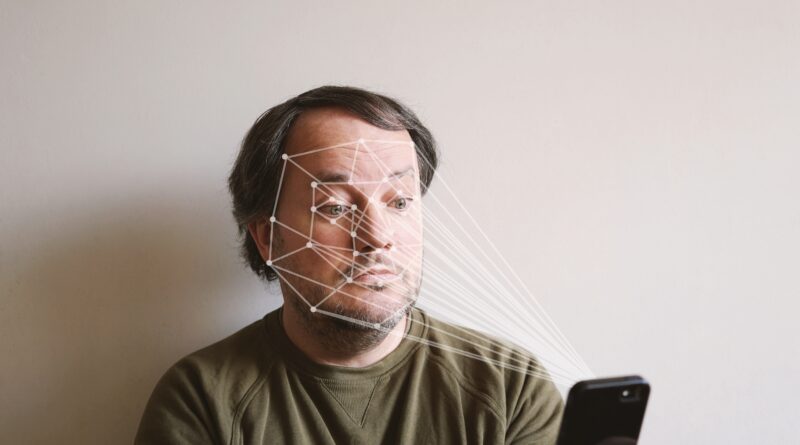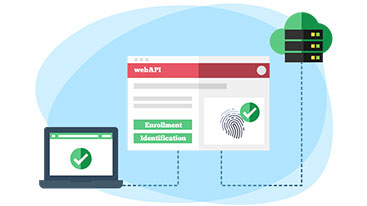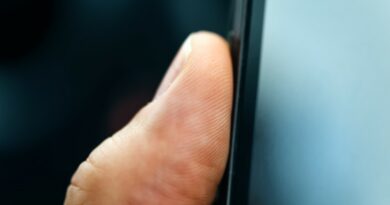How Biometrics on Smartphones is Changing our Lives
There are nearly 7 billion mobile subscriptions worldwide, estimates The International Telecommunication Union which is equivalent to 95.5 percent of the world population. The world is more connected than ever before and every smartphone user wants to be sure about personal data security in the digital age. For years, the password was the only secured way of authentication, but times have changed and passwords are now much easier to hack and harder to remember as they increase in complexity. Alternatively, we have seen a precipitous rise in the use of biometrics to replace passwords because the technology has proven to be much more convenient and less time-consuming than passwords. Mobile phones and biometrics are a winning combination in the mass market, allowing the technology to become much more widely accepted.
A recent report by Gartner shows that at least 30% companies from all over the world will use biometrics on mobile devices by 2016. In addition, several smartphone manufacturers have already started to embed biometric sensors on their devices with fingerprints, facial recognition and voice biometrics the most popular modalities of choice. Once upon a time a fingerprint scanner was used only by governments, the military, and law enforcement, but in the past 5 – 10 years, biometric identification has exploded and rapidly spread to the commercial sector, permeating virtually every corner of our lives as a more secure method of proving individual identification.
The use of biometrics on smartphones is changing our lives in different ways. The technology has evolved to become a more integral way to prove our identities and it won’t be too long until biometrics plays a larger role to verify our identities for patient identification in healthcare, time and attendance (workforce management), and banking and finance. Which parts of our life will change the most by biometrics? Here are some examples:
- Security
Already, a larger number of people are getting used to using smartphones for daily activities, often storing highly sensitive information. However, most people are reasonably concerned about the security protection of using passwords. A multi-factor security system using biometric recognition offers smartphone users higher security and convenience.
It is almost a certainty that within the next few years, biometric identification will become a standard feature in every new phone. Specifically, three biometric modalities will be key players: fingerprint scanners built into the screen, facial recognition powered by high-definition cameras, and voice recognition based off a large collection of vocal samples.
- Payments
Biometric payments are a Point of Sale (POS) technology which uses biometric authentication system to identify a person by their unique traits such as a fingerprint, iris or palm vein pattern, or facial recognition.
The rising use of biometric identification for financial service transactions has already begun to spread rapidly around the globe. In fact, in addition to banks and other financial institutions, companies like Apple and PayPal already showed their interest to implement biometric based payment solutions.
Biometric payments have some remarkable benefits too – you don’t need to carry cash, checks or credit cards, they offer stronger security, transactions can be processed faster, and banks don’t charge any extra fees.
- Data access
Our PCs are full of personal data and generally we create passwords to protect them. More specifically, we use passwords to gain access to our computer, laptop, and mobile devices. The interesting fact is most of those three gadgets have a camera that can be used to verify individual identities through biometric technologies such as facial recognition. We’ve already seen some gadgets that have fingerprint biometrics, however due to problems like poor skin integrity that inhibits the effective use of this modality, it is more likely that we will see a rise in the use of alternative biometric modalities such as facial and voice recognition for individual identification.
Key industry players like Adobe illustrator cs6, Apple and Microsoft already started using biometric technology on their products. Apple integrates biometric technology on their products and Microsoft has integrated fingerprints and IRIS recognition system in Windows 10.
Conclusion
Smartphones are now treated as all-in-one device, suitable for every purpose and its small wonder that they will become the next big market for biometric identification. The combination of biometrics and smartphones is bound to fundamentally change access control, financial transaction authentication, personal data security, and many other areas of our lives.














good article on mobile phones and biometrics are a winning combination in the mass market, which allows the technology to be much more widely accepted. recommendations for improvement of quality smartphone displayverzekering.nl